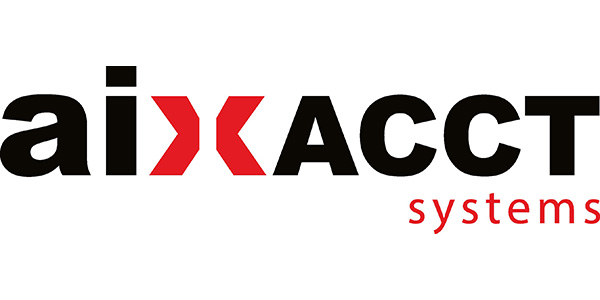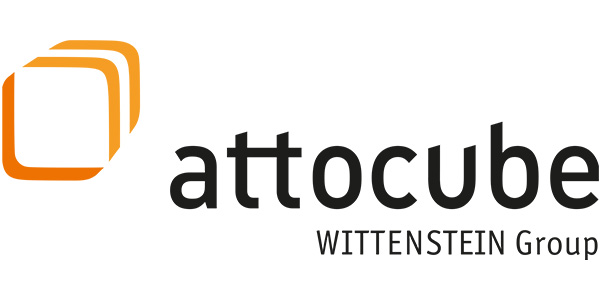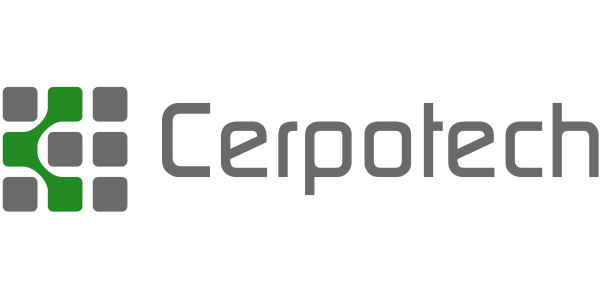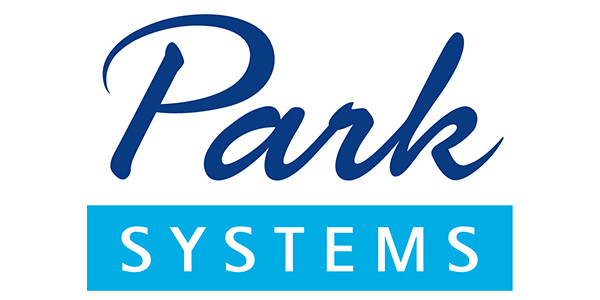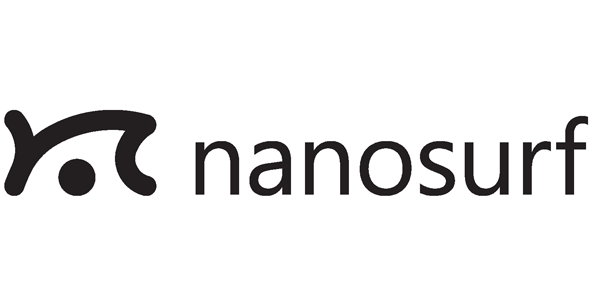Topics - ECAPD 2024
ECAPD 2024
Topics
I. Applications of ferroelectrics, piezoelectrics and related Materials
Polar materials, such as piezo-, pyro- and ferroelectric materials, play key roles in modern technology. With the rise of digitization, their importance is continuously increasing, finding applications in, for example, driverless vehicles, data storage, energy harvesters, cooling, and wireless communication. This symposium will address developments in materials for a wide range of related technologies, including materials and devices for mobile communication and high frequency, as well as recent progress in device architectures/structures. It will bring together experts from diverse disciplines and broadly cover materials- and device-related topics in the field.
Topics will include:
- Ferroelectrics and antiferroelectrics for energy applications (electrocalorics, photovoltaics, and thermoelectrics)
- Dielectrics (capacitors, ultra-high-K materials, RF/THz, energy storage/harvesting, MRI concepts)
- Dielectrics for 5G/mm wave applications
- Medical ultrasound transducers, ultrasound actuators, and sensors for harsh environments
- Ferroelectric memory materials and devices
- Piezoelectricity (high-performance and lead-free piezoelectrics, piezoelectric polymers, MEMS and other integrated piezo-devices)
- Pyroelectric materials and devices
- Optical phenomena (signal processing, storage devices, periodic poling, photonic band-gaps)
- Biomaterials (hydroxyapatite, polypeptides, etc.)
II. Fundamentals of ferroelectrics and related materials
Our growing understanding of the fundamental material properties, the ability to engineer their response and create completely new materials, and the ongoing exploration of novel functional phenomena are the foundation for the progress made in the application of ferroics in, e.g., sensor technology, memory devices, and energy harvesting. This symposium will cover advances in bulk systems, films, and superlattices, including emergent properties at interfaces and surfaces, nano-structured materials, and effects of point defects. It will provide a forum to discuss recent developments in experiment, theory and modelling, with the aim of covering fundamental aspects and identifying future key directions in ferroelectrics and related materials.
Topics will include:
- Electronic conduction phenomena (ferroelectric tunneling junctions, ferroelectric and magnetoresistive barriers)
- Domain and domain wall engineering (functional domain walls)
- Multiferroics and magnetoelectrics
- Point defects and nanoionics (electroresistive and neuromorphic systems; fundamental aspects of ionic motion, defects in functional oxides; ionically mediated electromechanical responses)
- Ionic phenomena in ferroelectrics (reliability and lifetime, degradation, aging, pinning effects)
- Relaxor and birelaxor ferroelectrics/dielectrics and disorder effects
- Photovoltaics
- Flexoelectricity
- Surface and interface phenomena
- Emergent properties and topological states
III. Materials design and processing
The capabilities to design material systems with novel functionalities relies on an in-depth understanding of involved physical processes, synthesis routes and device definition. Furthermore, the need for sustainable and environmentally friendly synthesis processes has become apparent in recent years, requiring the development of conceptually new synthesis routes. This symposium is aimed at capturing the progress in the design and processing of a broad variety of materials, ranging from single crystals to layered structures. Novel fabrication and structuring technologies will be addressed and contributions on “green” materials and synthesis strategies are especially encouraged.
Topics will include:
- Computational screening
- Bulk materials
- Thin films, heterostructures and multilayers
- Textured materials
- Film processing technologies (preparation, characterization)
- Patterning methods (net-shape forming, microfabrication)
- Biomaterials
- Hybrid materials
- Low-energy sintering
- Lead-free systems
IV. Characterization of polar materials
The progress in understanding and utilization of ferroelectrics, and polar materials in general, is closely linked to the development and application of innovative characterization tools. In-situ studies during synthesis and in-operando performance monitoring are some examples, where high resolution access to static and dynamic properties is essential. The focus of this symposium is to bring together researchers from different experimental fields to discuss recent advances in the characterization of polar materials, including multi-method and combined experimental/computational approaches.
Topics will include:
- Fundamental phenomena probed by scattering techniques (X-ray and neutron scattering)
- Electron microscopy (direct mapping of order parameter fields, surface and interface phenomena, in-situ studies of domain switching)
- Raman and optical spectroscopies
- Local phenomena by scanning probe microscopy methods
- Optical near-field imaging
- Spectroscopic probing of electronic and electrochemical phenomena
- Electrical and electromechanical characterization
- Novel characterization methods
- Machine and deep learning approaches in microscopy

